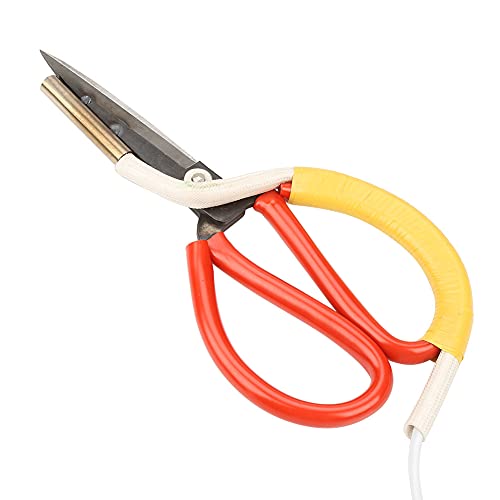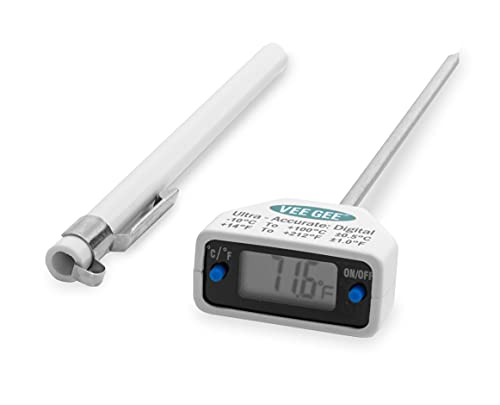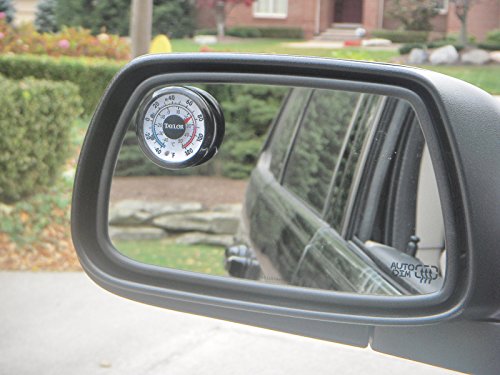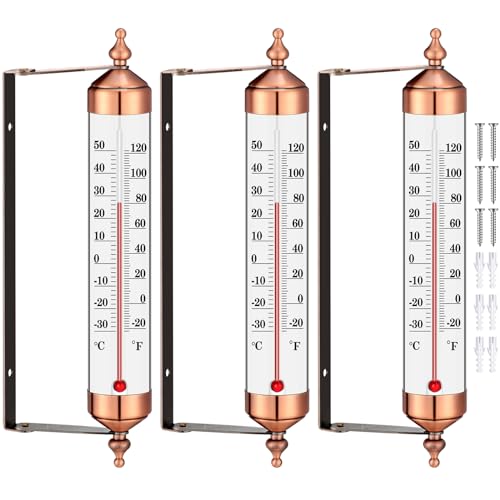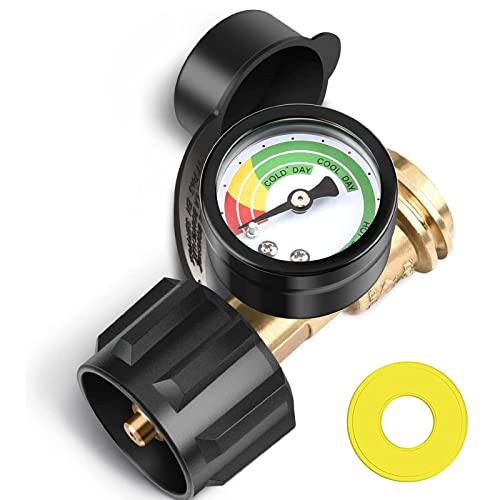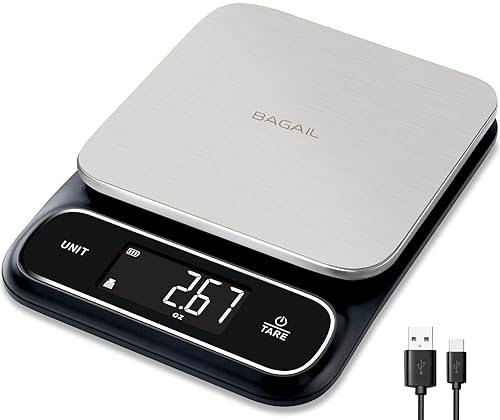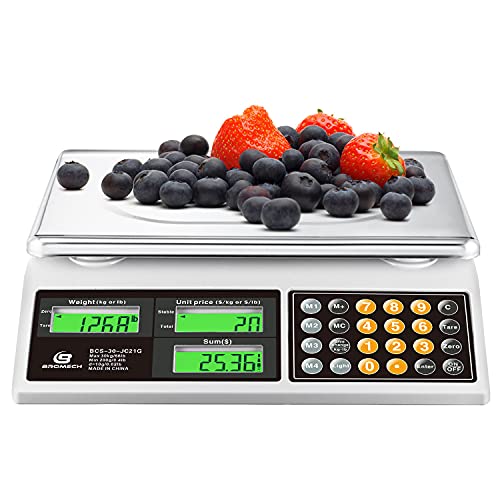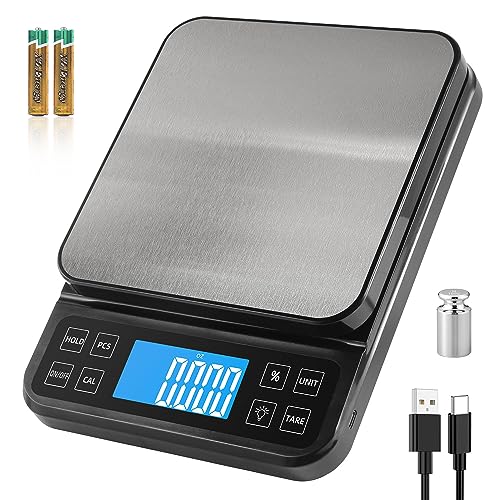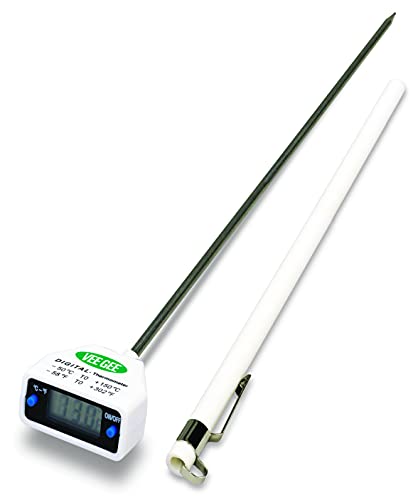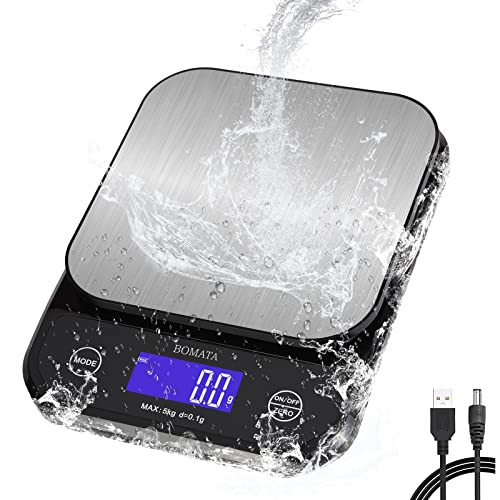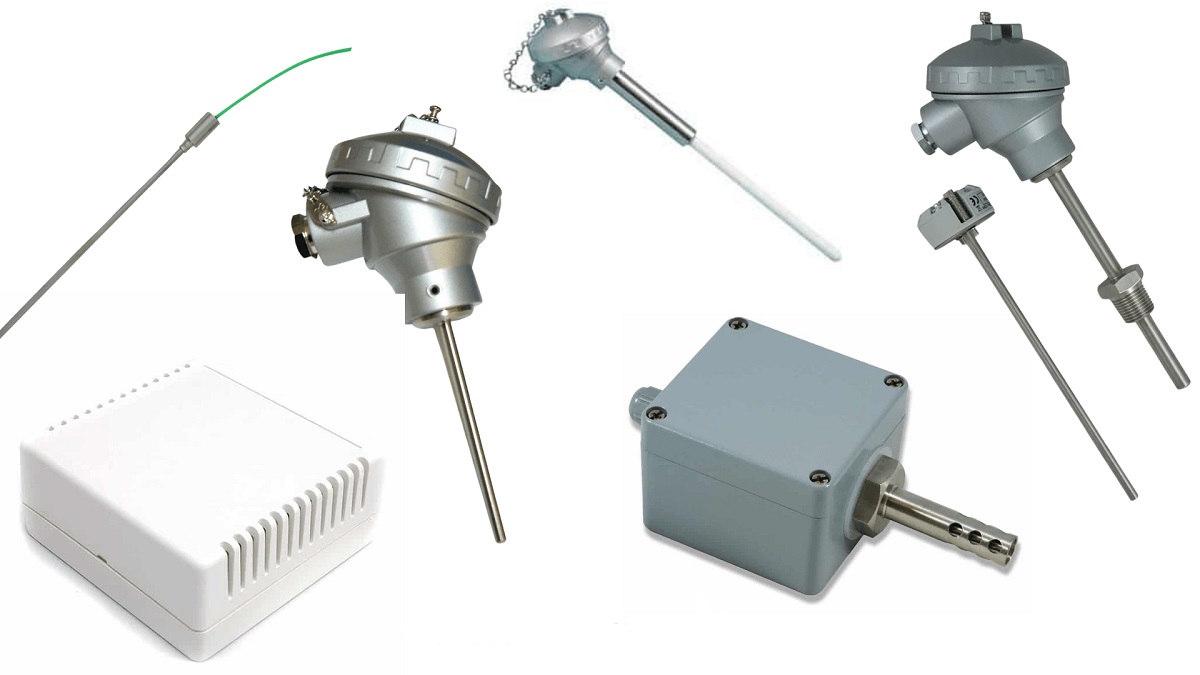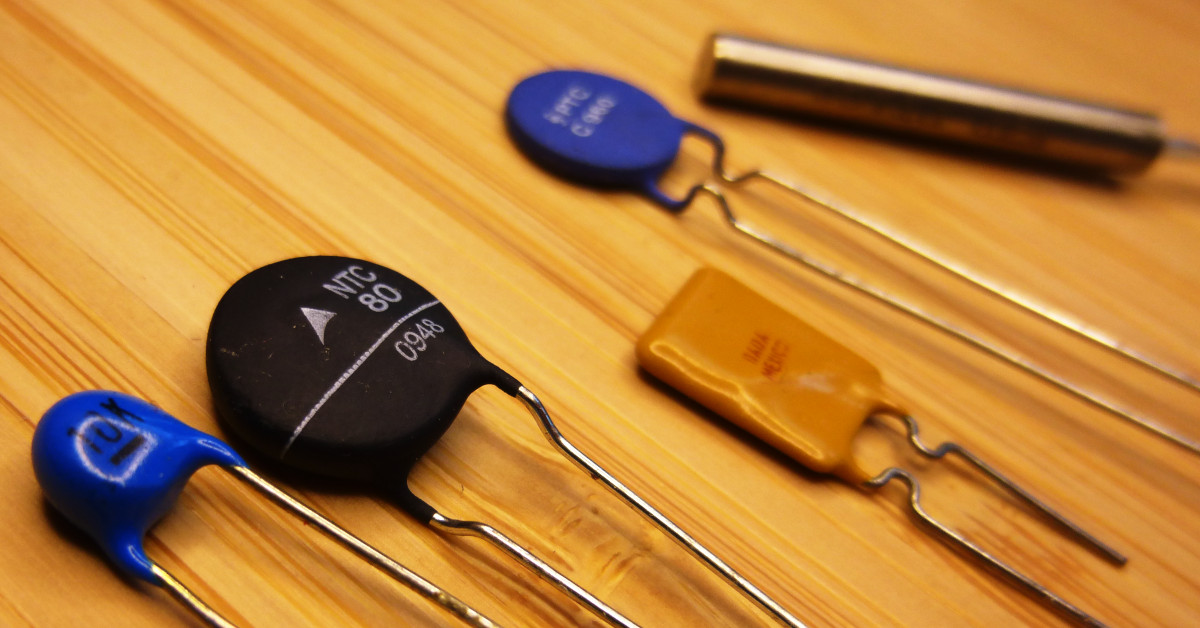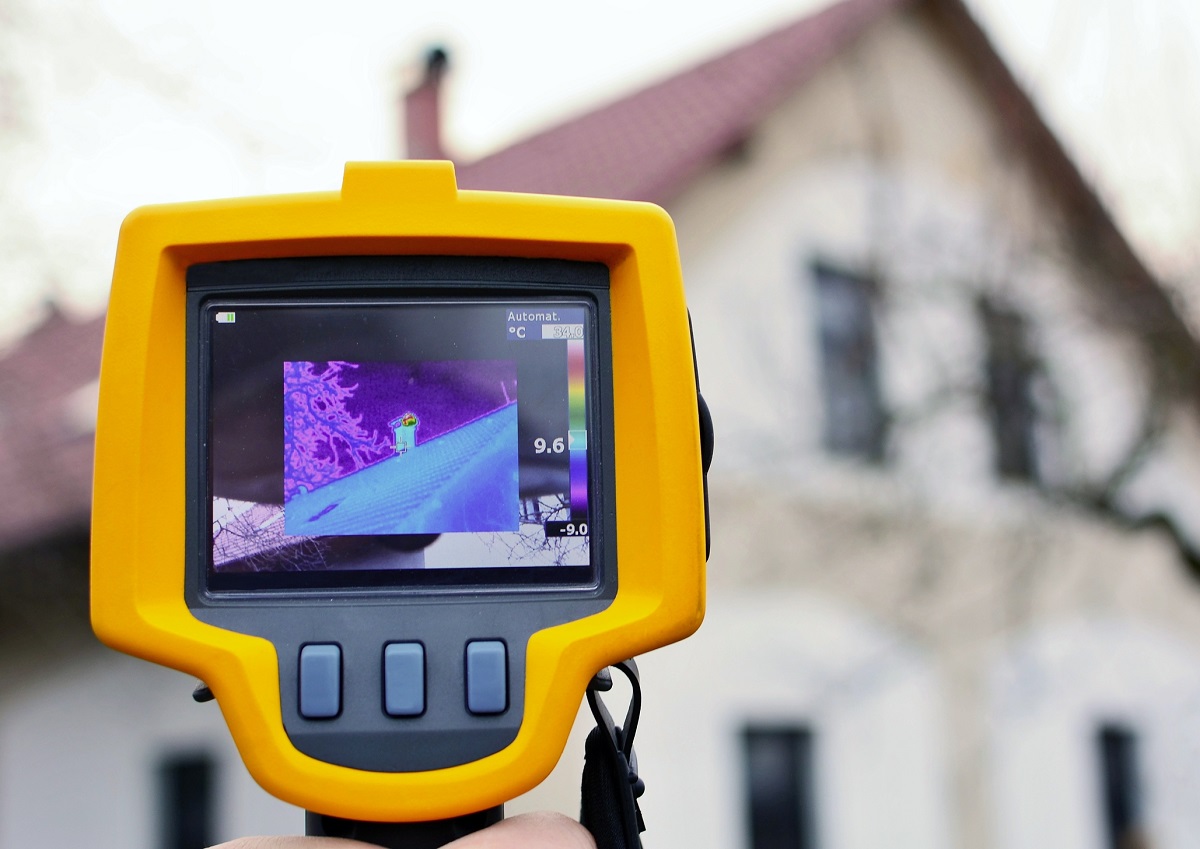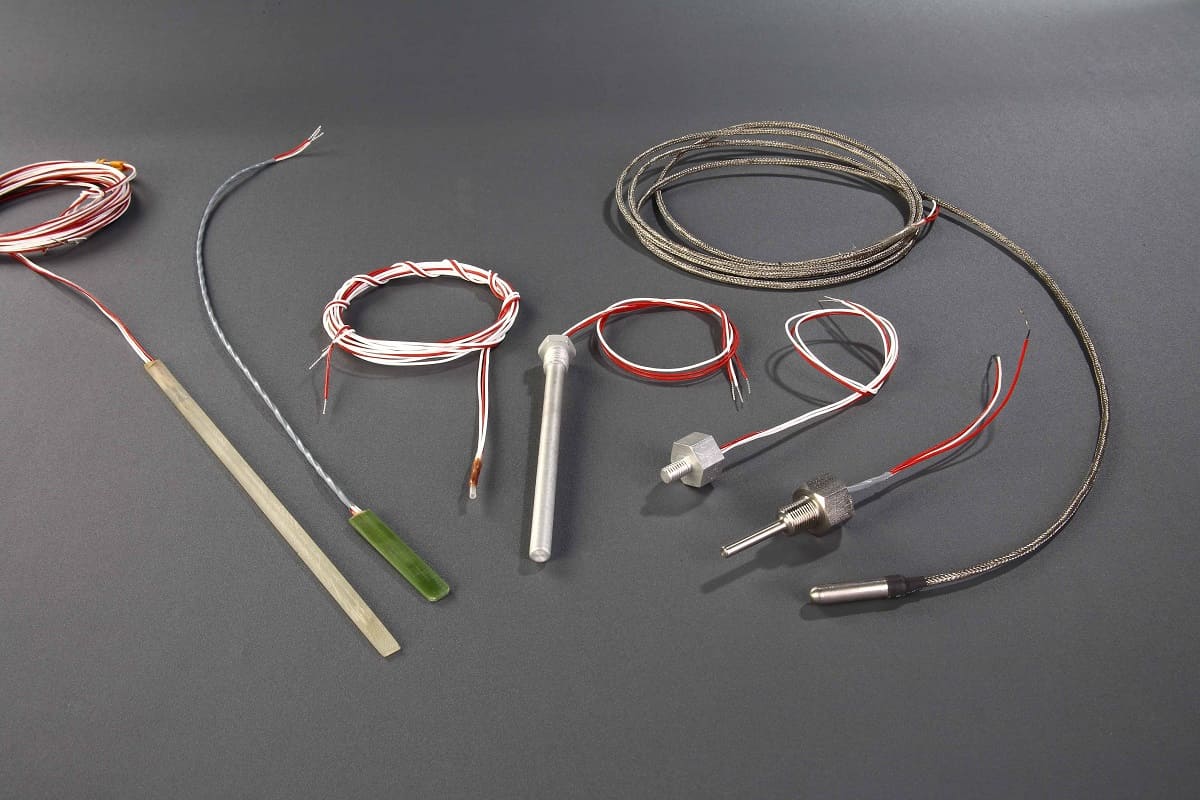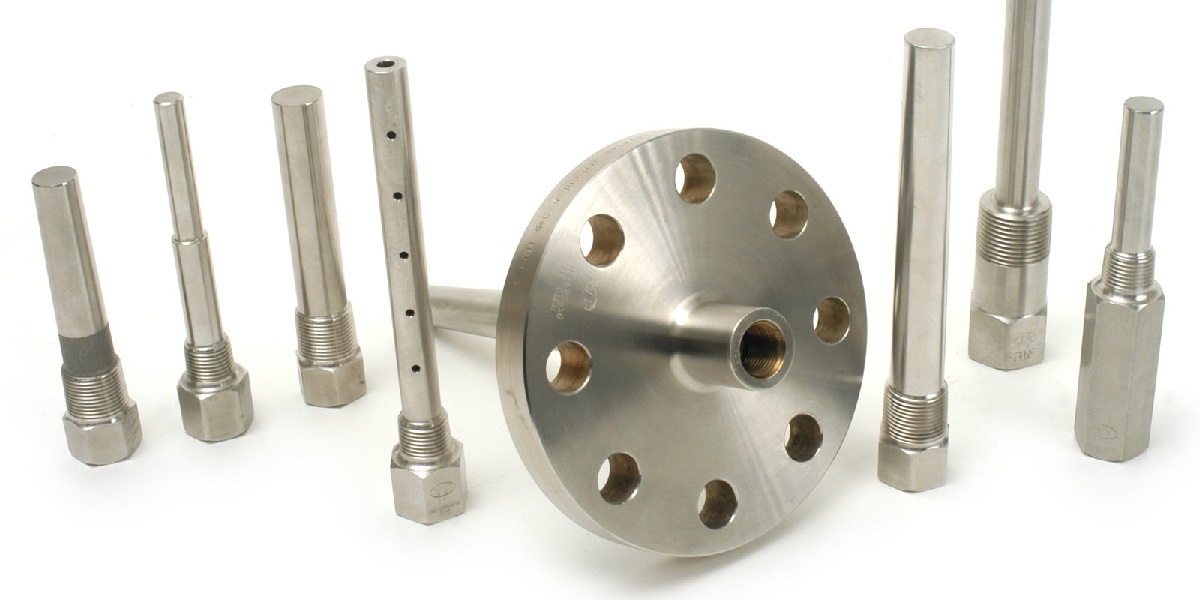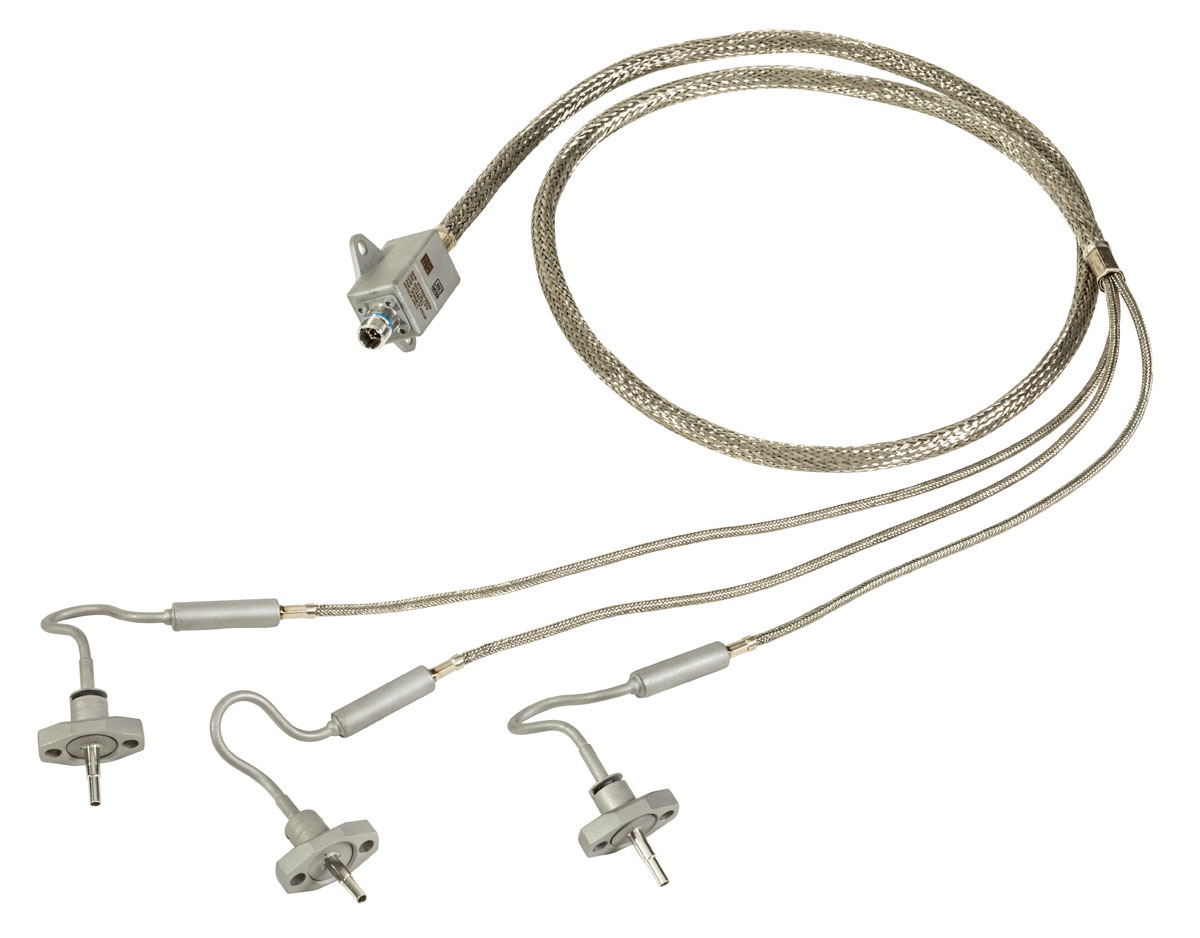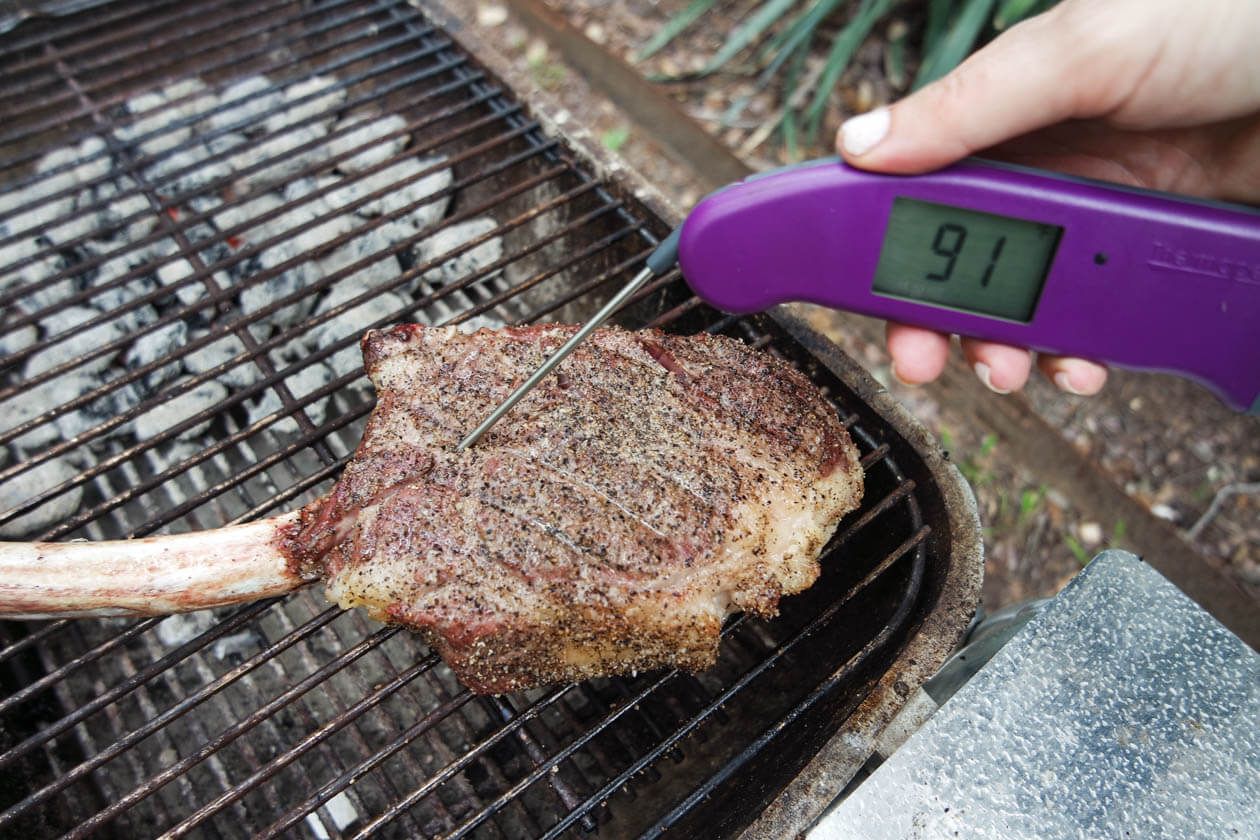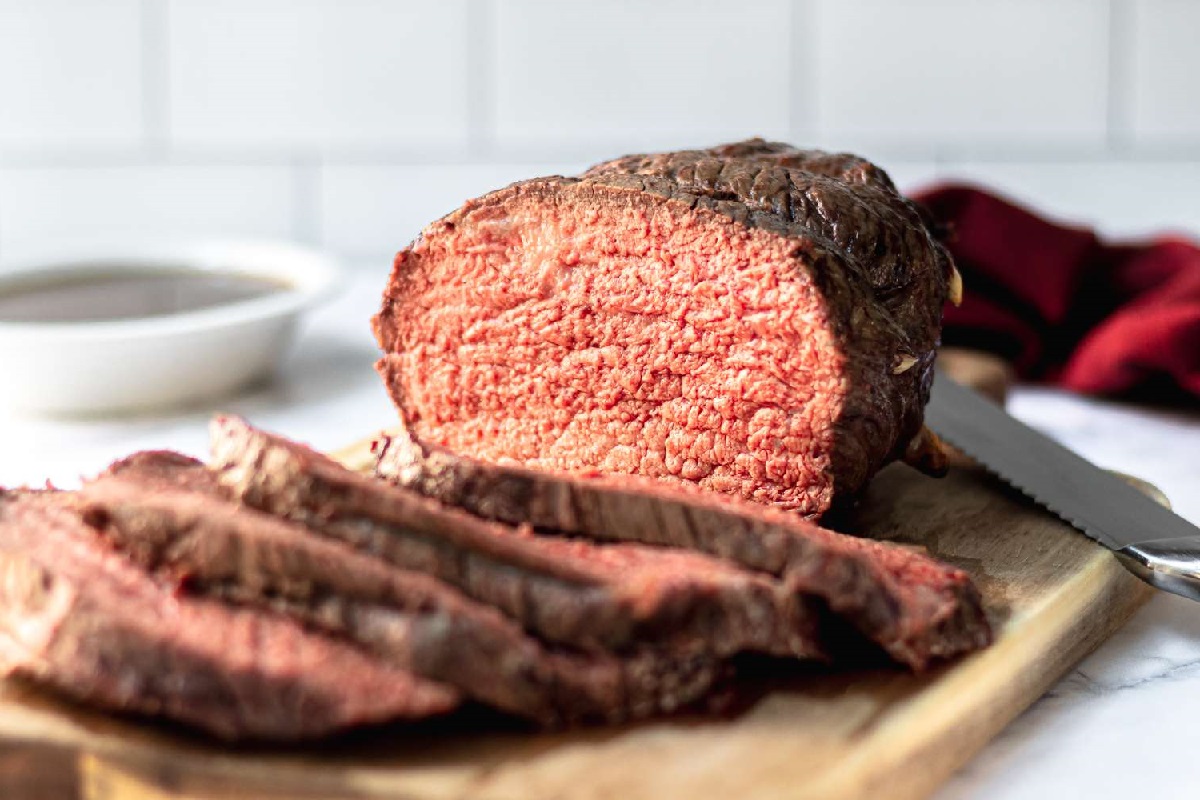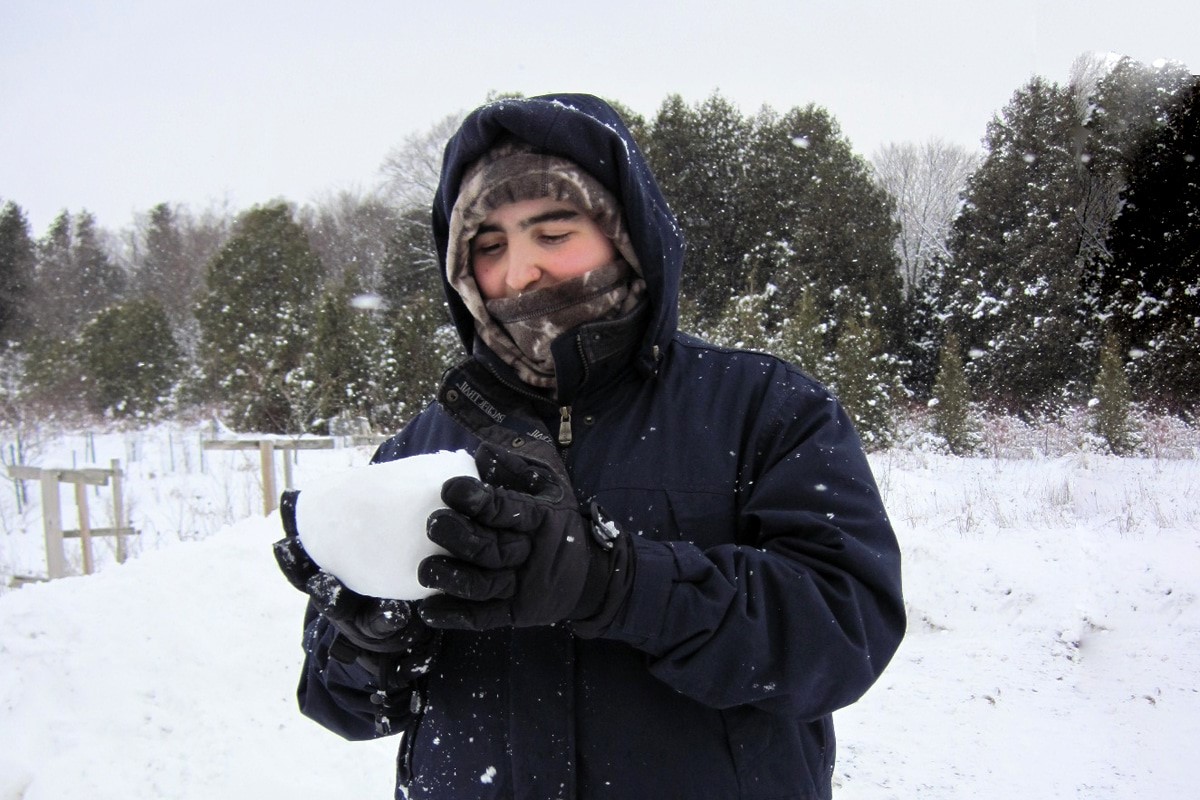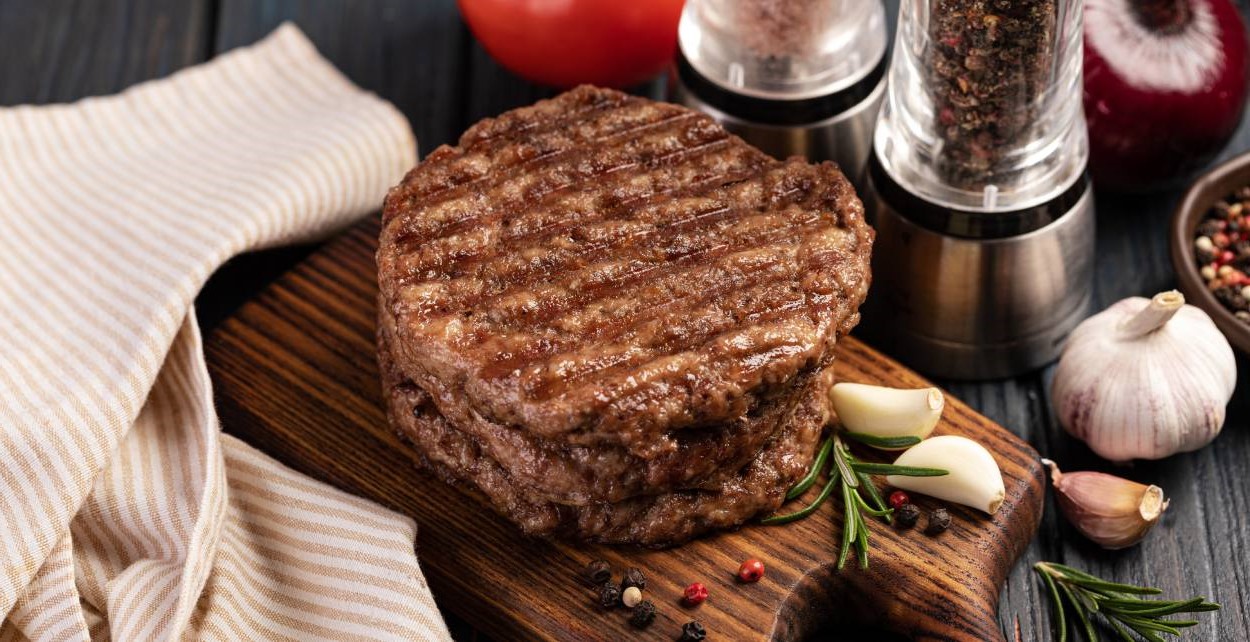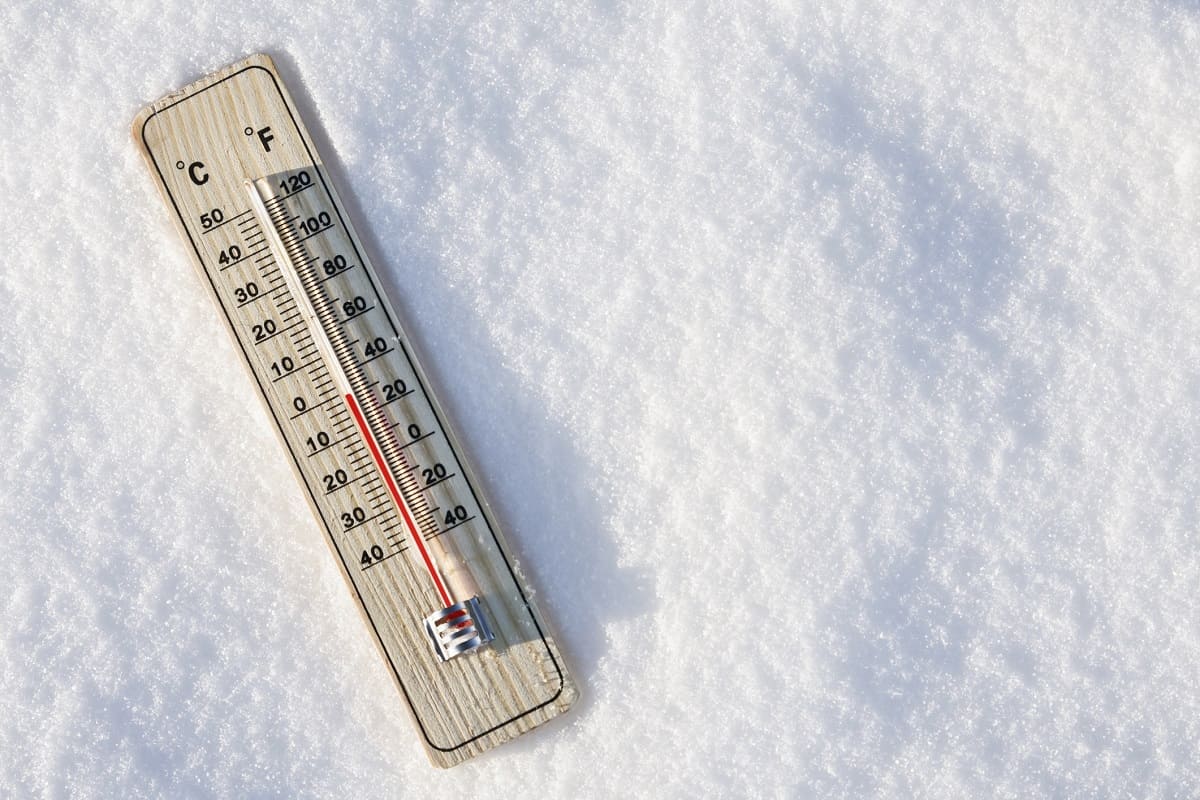

Reviews
10 Best Temperature Scales For 2024
Published: February 22, 2024
Discover the top 10 temperature scales for 2024, including Celsius, Fahrenheit, Kelvin, and more. Choose the best scale for your needs and stay updated on temperature measurements.
(Many of the links in this article redirect to a specific reviewed product. Your purchase of these products through affiliate links helps to generate commission for Temperatures.com, at no extra cost. Learn more)
Temperature measurement is crucial in various industries and scientific fields. The accuracy and precision of temperature scales play a significant role in obtaining reliable data. In the upcoming year 2024, it is important to stay updated on the 10 best temperature scales available. These scales are essential for measuring temperature accurately and efficiently in different environments and applications. Whether it's for conducting experiments in a laboratory or monitoring weather conditions, having knowledge of the best temperature scales for 2024 is essential for obtaining accurate results.
Overall Score: 3/10
The Temperature Scale Scissor is a heated scissors cutting machine suitable for the electronic plastics, garment, luggage, and handbag industries. It is easy to use, made of durable material, and comes with a display light for power, heating, and protection. The temperature scale is switchable, with a wide range of applications. However, it has received mixed reviews regarding a tacky residue, unpleasant smell, and poor quality.
Key Features
- Wide Range of Applications: Suitable for electronics, garment, luggage, and handbag industries
- Easy to Use: Convenient and easy to use
- Durable Material: Made of high-quality and durable materials
- With Display Light: Includes power, heating, and protection display
- Switchable Temperature: Temperature scale can be switched freely
Specifications
- Dimension: 7.87Lx3.94Wx3.94H
Pros
- Wide range of applications
- Easy to use
- Durable material
Cons
- Tacky residue and unpleasant smell
- Poor quality
The Temperature Scale Scissor has potential for use in various industries, but the issues with residue, smell, and quality are concerning. It may be worth exploring alternative options with better reviews.
Overall Score: 7/10
The Ultra High Accuracy Digital Pocket Thermometer is a pocket-sized thermometer with a 180° swivel head and 5-inch stainless steel stem. It has a fast 1-second update time and dual temperature scale. The thermometer has an accuracy of ±1°F / ±0.5°C, automatic power-off, and comes with a protective case. It's perfect for various uses such as HVAC systems, aquariums, and more. Some users have reported issues with dead batteries upon arrival.
Key Features
- 180° swivel head with LCD Display: True
- Automatic power-off after 10 minutes: True
- Includes protective case with pocket clip: True
- Dual Temperature Scale (°C / °F): True
- Fast 1-second update time: True
Specifications
- Color: White
Pros
- Fast 1-second update time
- Dual temperature scale
- Comes with protective case
Cons
- Issues with dead batteries upon arrival
- Not waterproof for all parts
The Ultra High Accuracy Digital Pocket Thermometer is a reliable and accurate device suitable for different applications, though issues with dead batteries might cause inconvenience. It offers great value for its price and is highly recommended for those seeking an accurate and dependable thermometer.
Overall Score: 5/10
The Upper Bound Outside Mirror Thermometer is a simple and affordable way to keep track of the temperature outside your vehicle. It can display temperatures from -40 to 120 Degrees F (-40 to 50 Degrees C), making it suitable for a wide range of climates. The thermometer is weather resistant and rust-proof, with a 1 3/4" diameter and easy installation using the included double-sided tape. However, some users have reported issues with the tape not being sticky enough and the overall build quality being cheap. Despite this, many find the thermometer to be accurate and useful, particularly for older vehicles that lack a built-in temperature display. It's also small enough to be placed conveniently on the rearview mirror. Overall, it's a budget-friendly option for those looking to add a temperature gauge to their vehicle.
Key Features
- Shows From -40 to 120 Degrees F (-40 to 50 Degrees C)
- Weather Resistant and Rust-Proof
- 1 3/4" Diameter
- Installs in Seconds with Double Sided Tape Included
Specifications
- Color: White
Pros
- Affordable option
- Accurate temperature display
- Compact and convenient for older vehicles
Cons
- Issues with tape not being sticky
- Perceived as cheaply made by some users
- Small and hard to read at times
The Upper Bound Outside Mirror Thermometer provides a cost-effective solution for monitoring outdoor temperatures in a vehicle. While it may have some quality issues, many users find it to be a useful addition, particularly for older vehicles lacking built-in temperature displays. With its easy installation and wide temperature range, it offers good value for money.
Overall Score: 5/10
The Frienda Wall Thermometer is a pack of 3 large, easy-to-read thermometers designed for both indoor and outdoor use. The thermometers feature bronze and steel construction with corrosion resistance and have double scales that display temperatures in both Fahrenheit and Celsius. Their 10-inch size makes temperature reading effortless, and they are suitable for a variety of locations including home, office, garden, greenhouse, and warehouse. However, some reviews mention issues with accuracy and calibration, so keep in mind that these are basic plastic thermometers. Nonetheless, they are well-made, functional, and offer good value for money.
Key Features
- Value pack of 3 thermometers
- Double scales for Fahrenheit and Celsius
- Bronze and steel construction
- Large 10-inch size for easy reading
- Suitable for indoor and outdoor use
Specifications
- Color: Novel
- Size: Vintage Bronze
Pros
- Good value for a pack of 3 thermometers
- Large and easy-to-read design
- Functional and suitable for various locations
- Well-made with strong construction
Cons
- Issues with accuracy and calibration
- Some thermometers may show different temperatures
- Basic plastic construction
The Frienda Wall Thermometer pack offers a practical solution for monitoring temperatures in different spaces. Although some inconsistencies have been reported, they are generally well-made and functional. However, for more accurate and reliable measurements, it may be worth considering higher-end temperature monitoring options.
Overall Score: 7/10
The PatioGem Propane Tank Gauge is designed to provide a colored, reliable gas monitoring system for your gas appliances. It features a 3-temperature scale, hassle-free installation, and an accurate reading that adapts to different temperatures. Made of 100% brass, this gauge is heavy-duty, weather-resistant, and CSA certified. It fits 5-40lb propane tanks and is suitable for grills, heaters, smokers, and more. With a 4.3/5 customer rating, some users have noted that it is easy to install and offers good value for money, while others have found it hard to read and potentially interferes with propane gas regulators.
Key Features
- Colored & Reliable gas monitor: Colored reading for quick gas level checks
- Qcc type 1 inlet/Qcc&Pol female outlet: Fits 5-40lb DOT tanks and various gas appliances
- Adapt to different temperatures: 3 temperature scales for accurate readings
- 100% BRASS MADE: Heavy-duty and weather-resistant construction
- Hassle-Free installation: Tool-free, easy to install in under 1 minute
Specifications
- Dimension: 3.90Lx3.10Wx1.90H
- Size: 1-PACK
Pros
- Colored reading for easy gas level checks
- Accurate and adapts to different temperatures
- Heavy-duty 100% brass construction
- Easy and tool-free installation
Cons
- Difficult to read for some users
- Potential interference with propane gas regulators
The PatioGem Propane Tank Gauge offers a reliable and convenient solution for monitoring propane levels in various gas appliances. With its colored readings and easy installation, it provides peace of mind for users. However, some customers have encountered readability and interference issues, so it’s important to consider these factors before making a purchase decision.
Overall Score: 9/10
The BAGAIL Food Scale is a high-precision kitchen scale designed to elevate your cooking and baking experience. With advanced sensors and a large stainless steel platform, this scale provides accurate measurements in grams, ounces, and milliliters. It features a USB-C rechargeable battery, making it environmentally friendly, and offers a waterproof design for easy cleaning. The scale's sleek and compact design makes it ideal for any kitchen, while its durable construction ensures long-lasting use. Perfect for bakers, health enthusiasts, and anyone seeking culinary excellence, the BAGAIL Food Scale is a reliable and versatile tool for all your cooking and weighing needs.
Key Features
- High-Precision sensors for accurate measurements
- Waterproof IPX6 rating and easy to clean
- Multi-unit conversion for various weighing needs
- USB-C rechargeable with long-lasting battery
- Wide application for cooking and small packages
Specifications
- Dimension: 7.80Lx5.80Wx1.40H
Pros
- High-precision and accurate measurements
- Rechargeable and environmentally friendly
- Sleek, compact, and durable design
- Multi-unit conversion for versatile use
Cons
- Flashing display when changing menu
- Unlevel feet may require additional leveling
The BAGAIL Food Scale offers exceptional precision, versatile functionality, and a sleek design, making it an indispensable tool for any kitchen. Whether you’re a professional baker or a home cook, this scale delivers reliable performance and accurate measurements, while its rechargeable battery and waterproof design set it apart from traditional kitchen scales. With high ratings and positive reviews, the BAGAIL Food Scale is a top choice for culinary enthusiasts seeking precision and convenience.
Overall Score: 9/10
The BROMECH Price Computing Scale is a digital commercial food and produce weighing scale designed for farmers' markets, retail outlets, and restaurants. With a high capacity of 66lb and easy-to-read green backlight LCD, this scale offers precision and convenience for various businesses. Its durable construction, dual power method, and multifunctional features make it ideal for both indoor and outdoor use.
Key Features
- High Weighing Capacity: Can convert unit lbs to kgs
- Easy Reading Green Backlight: 3 bright green backlight displays
- Dual Power Method: Operates cordless or connects to power source
- Durable Construction: Stainless steel platform and shockproof ABS housing
- Multifunction and Cost-Effective: LB-KG alternation, 4 direct PLUs, and more
Specifications
- Color: Green LCD
- Dimension: 13.20Lx11.80Wx4.30H
Pros
- High weighing capacity
- Easy-to-read green backlight
- Durable and shockproof construction
- Multifunctional and cost-effective
Cons
- Minimum weight recognized is 10 grams
- Inaccurate description on minimum weight
The BROMECH Price Computing Scale offers a convenient and reliable solution for businesses such as delis, butcher shops, and farmers’ markets. With its high capacity, easy reading display, and durable construction, it provides excellent value for users. However, the inaccurate description regarding minimum weight recognition should be addressed for transparency and accuracy.
Overall Score: 7/10
The BOMATA Large Kitchen Scale is a high precision bakery scale that can measure weights as low as 0.1g. It comes with a full-view angle LCD display and a stainless steel pan. The scale has a variety of features including a percentage function for bakers, hold function, and automatic shutdown. It is rechargeable and can also be powered by 2 AAA batteries, making it convenient for use. The design is durable, and the scale comes with a large transparent box, USB cable, and an instruction manual. The customer rating is 4.4/5, with users praising its accuracy and function for baking while some have experienced issues with the battery and materials.
Key Features
- Large Size: 7.2×7.2 inches weighing platform
- High Precision: 0.1g accuracy and 0.5g~5kg measurement range
- Rechargeable or Plugged In: USB cable or 2 AAA batteries
- Multiple Accessories: Tray containers and 100g calibration weight included
Specifications
- Color: Silver
- Dimension: 9.80Lx7.30Wx1.50H
Pros
- High precision and powerful function
- Rechargeable or plugged in to use
- Durable stainless steel pan
- Large full viewing angle LCD display
Cons
- Plastic material
- Some users experienced issues with battery and automatic shutdown
The BOMATA Large Kitchen Scale provides high precision measurement and a variety of functions suitable for bakers. Its durable design and multiple accessories make it a convenient choice for kitchen use. However, user experiences with the battery and materials may vary. Overall, it is a reliable and multi-functional scale for various kitchen needs.
Overall Score: 8/10
Get accurate temperature readings with the High Accuracy Long Stem Digital Thermometer. It features a 180° swivel head, a protective case with a pocket clip, and a 12-inch stainless steel probe. The dual scale (°C/°F) thermometer has an automatic power-off function after 10 minutes of idle use. It provides fast 1-second updates with an accuracy of ±2°F/±1°C.
Key Features
- 180° swivel head with LCD Display
- 12-inch stainless steel probe
- Dual Temperature Scale (°C/°F)
- Automatic power-off after 10 minutes of idle use
Specifications
- Color: White
- Dimension: 13.80Lx2.50Wx0.90H
Pros
- Accurate and reliable readings
- Long stem for measuring at different depths
- Fast 1-second update time
Cons
- Some users experienced defects in a few units
- Quality issues reported after a few months of use
The High Accuracy Long Stem Digital Thermometer provides reliable and accurate temperature readings. While some users experienced quality issues, it overall offers a convenient and easy-to-use solution for various applications.
Overall Score: 7/10
The BOMATA Waterproof Food Scale is a versatile kitchen tool that can be used for cooking, baking, weight loss, and more. It offers high precision measuring with a resolution of 0.1g/0.01oz and a measuring range of 0.01oz to 11 lbs. The scale is waterproof, washable, and USB rechargeable, making it durable and easy to clean. It features a stainless steel platform, touch-sensitive buttons, and a large LCD with backlight. The scale has multiple functions including Tare, Auto-off, and Calibration. It comes with a one-year warranty and dual power supply options. However, some users have reported issues with the accuracy of the scale and its durability in wet conditions. Overall, it is a reliable and convenient kitchen scale for everyday use.
Key Features
- Waterproof and durable with encapsulated internal parts and circuits
- High precision measuring with 0.1g/0.01oz resolution
- Multifunctional with 4 units, Tare function, and Auto-off
- Dual power supply with built-in lithium battery and USB rechargeable
- Zero purchase risk guarantee with one-year warranty
Specifications
- Dimension: 8.27Lx6.30Wx1.18H
- Size: 0.01oz/11lb IPX5
Pros
- High precision measurements
- Waterproof and washable design
- Dual power supply options
- One-year warranty
Cons
- Inaccuracies in weighing large quantities
- Durability issues in wet conditions
The BOMATA Waterproof Food Scale is a reliable and convenient kitchen scale for everyday use. Despite some reported issues with accuracy and durability in wet conditions, its high precision measurements, multifunctional design, and dual power supply options make it a practical choice for cooking, baking, and weight management.
Temperature Scales Buyer's Guide1. Understanding Temperature Scales
- There are three main temperature scales: Celsius, Fahrenheit, and Kelvin.
- Celsius is used in most countries and is based on the freezing and boiling points of water.
- Fahrenheit is commonly used in the United States and is also based on the freezing and boiling points of water.
- Kelvin is used in scientific settings and starts at absolute zero, the coldest possible temperature.
2. Choosing the Right Scale
- Consider the purpose of your temperature measurement. Are you cooking, doing scientific experiments, or simply checking the weather?
- For everyday use, Celsius is the most widely used scale and is easy to understand for most people.
- If you are doing scientific research or studying thermodynamics, Kelvin may be the best choice.
- If you are in the United States or working with American-made equipment, you may need to use Fahrenheit.
3. Accuracy and Precision
- Consider the level of accuracy and precision you need for your measurements.
- Celsius and Fahrenheit are both sufficient for everyday use and offer similar levels of accuracy.
- Kelvin is used for precise scientific calculations and is often used in physics and chemistry.
4. Temperature Conversion
- If you need to convert temperatures between different scales, there are formulas and online tools available to help.
- Understanding how to convert between Celsius, Fahrenheit, and Kelvin can be helpful in various situations.
5. Electronic Thermometers
- When purchasing an electronic thermometer, check if it can measure temperature in multiple scales.
- Some thermometers allow you to easily switch between Celsius and Fahrenheit, offering convenience for different users or purposes.
6. Analog Thermometers
- Analog thermometers may be labeled with just one temperature scale, so consider which scale is most suitable for your needs.
- If you need to use a specific scale, such as Fahrenheit for cooking, make sure the thermometer is calibrated accordingly.
7. Environmental Considerations
- If you are working in a scientific or industrial setting where very low or very high temperatures need to be measured, consider the appropriate scale.
- For extreme temperatures, Kelvin may be the most suitable scale due to its absolute zero starting point.
8. Educational Settings
- For students studying science, understanding and using all three temperature scales may be beneficial for a comprehensive understanding of temperature measurement.
9. Cultural and Regional Considerations
- Keep in mind that different countries and regions may have their own preferred temperature scale based on tradition and practicality.
- When traveling or communicating internationally, it's important to be familiar with the local temperature scale.
10. Personal Preference
- Ultimately, your choice of temperature scale may come down to personal preference based on familiarity and ease of use.
- Consider which scale you are most comfortable with and which makes the most sense for your specific needs.
Frequently Asked Questions about 10 Best Temperature Scales For 2024
The most common temperature scales used are Fahrenheit, Celsius, and Kelvin.
To convert a temperature from Celsius to Fahrenheit, you can use the formula: F = (C x 9/5) + 32. And to convert from Fahrenheit to Celsius, use the formula: C = (F – 32) x 5/9.
Absolute zero is the lowest possible temperature, at which point the motion of particles ceases. This temperature is 0 Kelvin, or -273.15 degrees Celsius.
Sure! A normal human body temperature is about 98.6 degrees Fahrenheit, 37 degrees Celsius, and 310 Kelvin.
Scientists use the Kelvin scale as the standard for scientific measurements, especially in the field of physics. The Kelvin scale starts at absolute zero and measures temperature in relation to the movement of particles.
